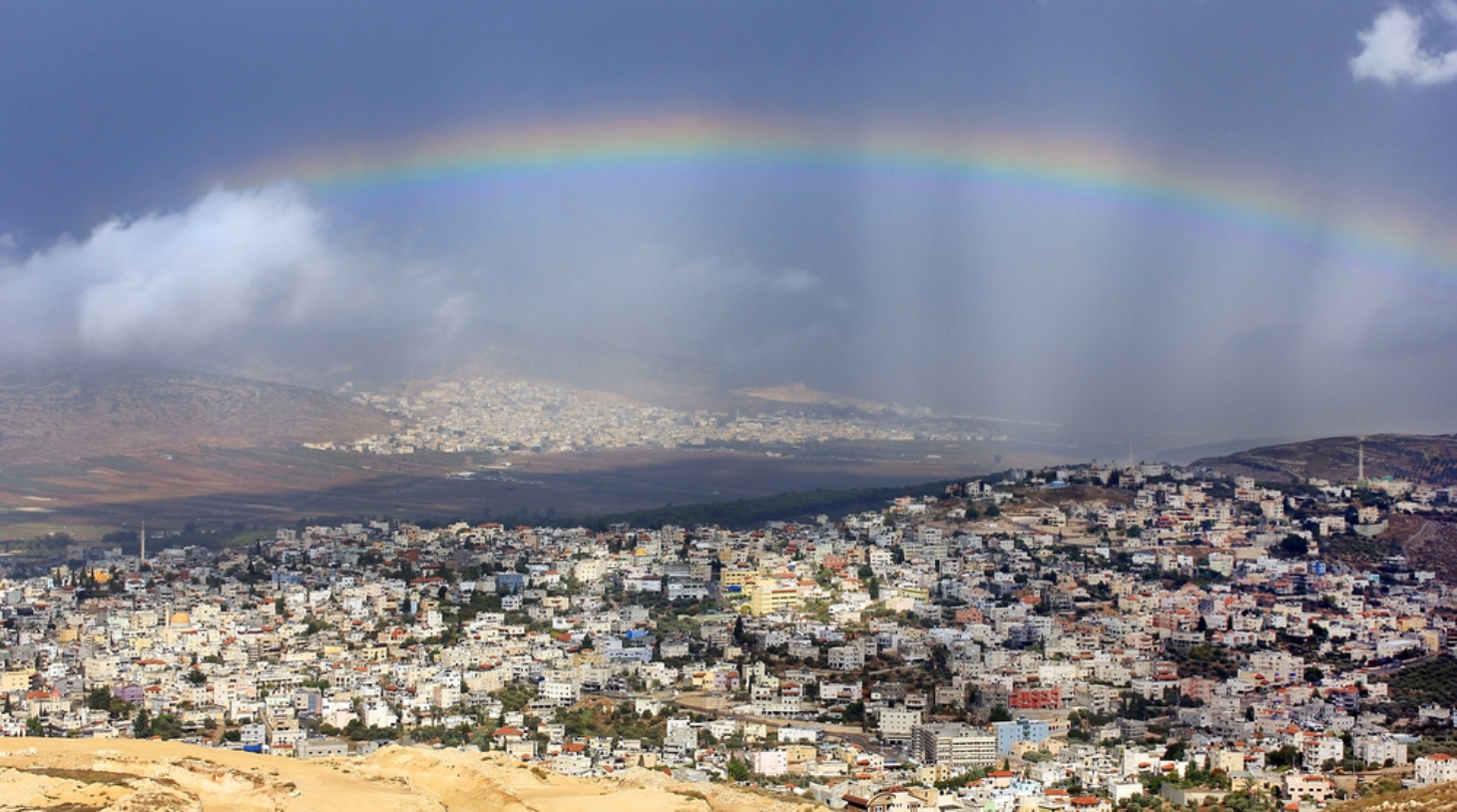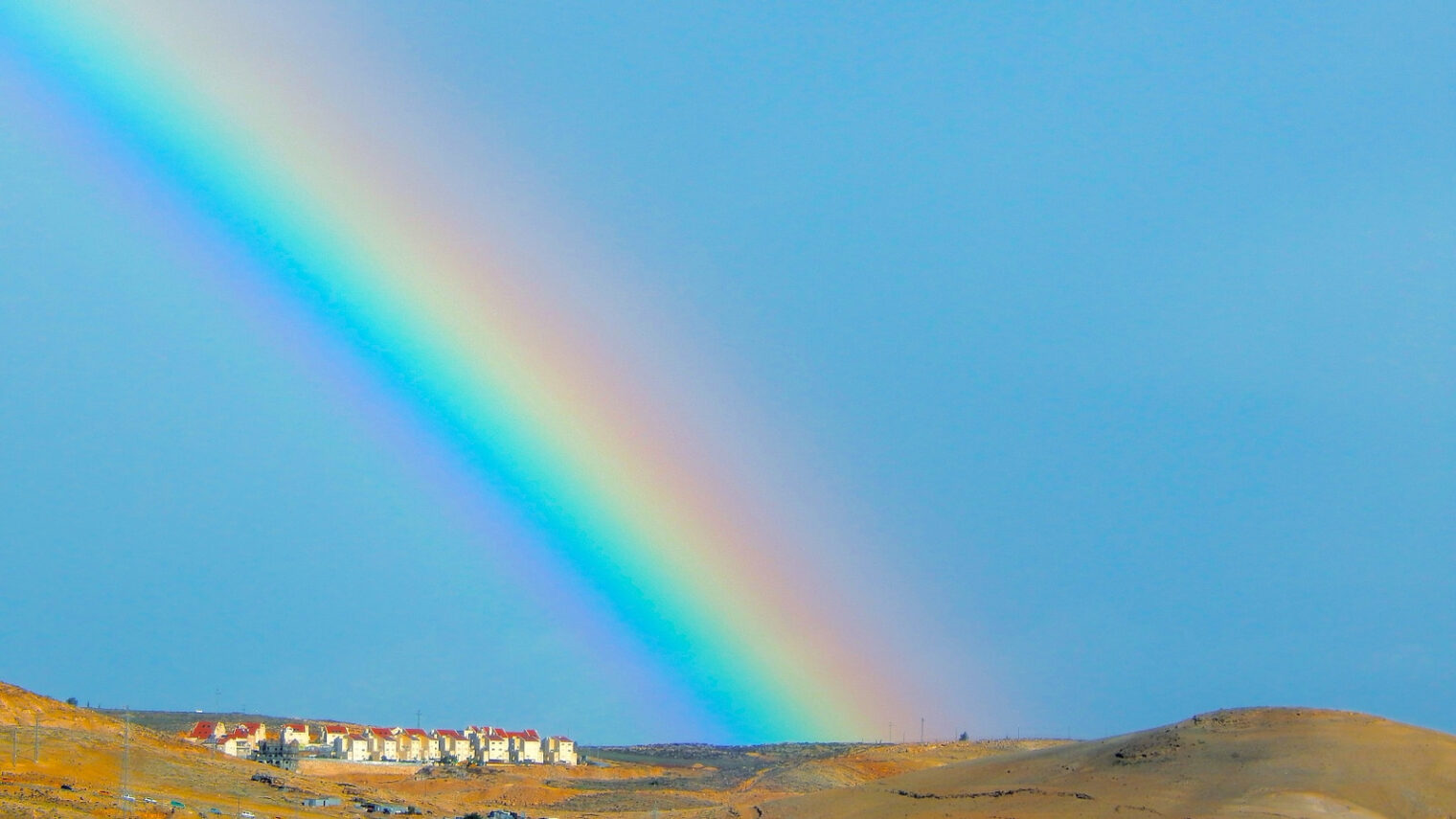Roy G. Biv is one of Israel’s most beloved rainy-season visitors, and oh what a colorful character he is!
Roy. G. Biv, of course, is the mnemonic that American schoolchildren learn to remember the spectrum of the rainbow: red, orange, yellow, green, blue, indigo and violet. The arc of color is caused by reflection, refraction and dispersion of light as it passes into and out of water droplets under specific conditions.
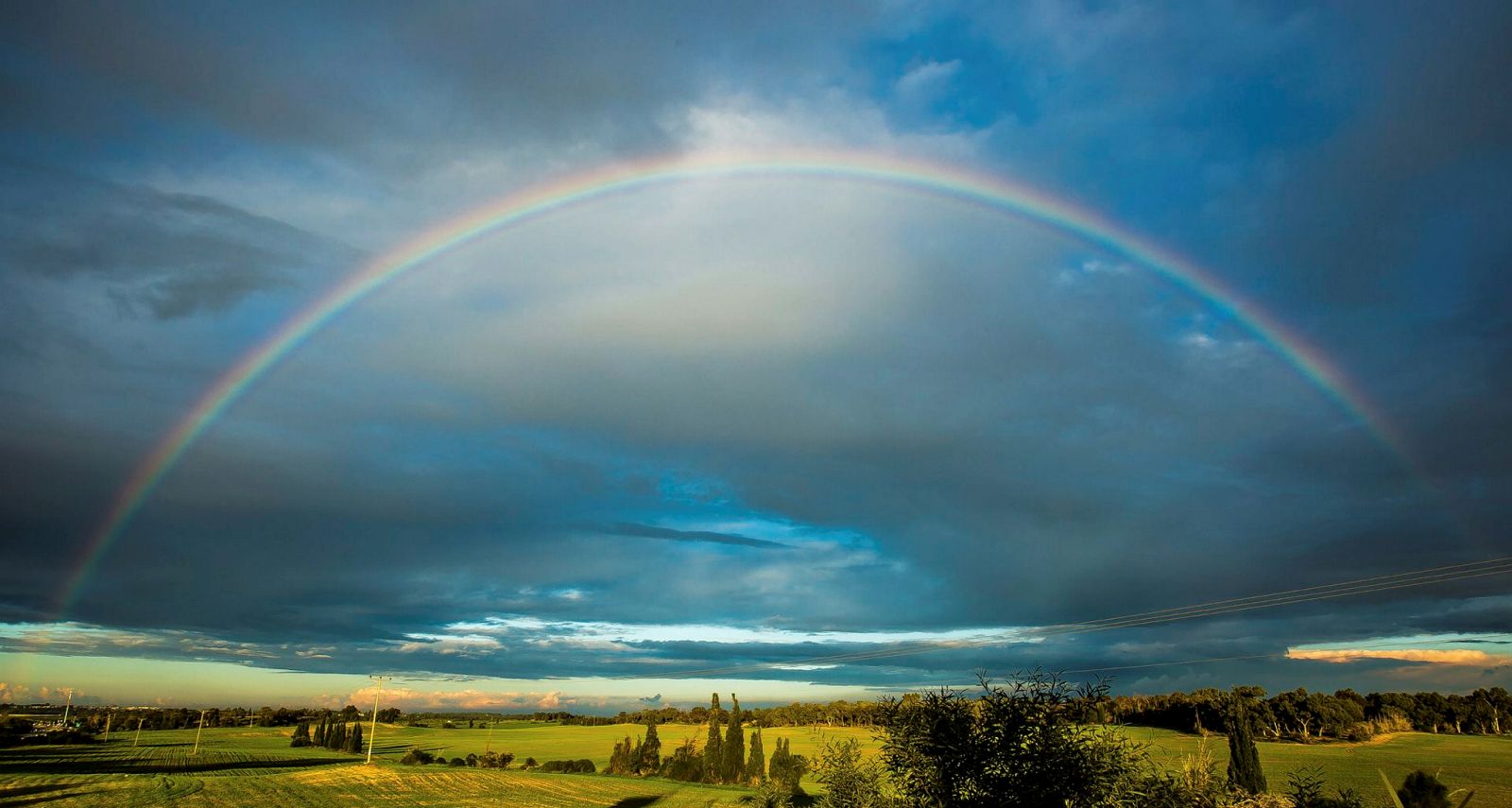
Prime time for Israeli rainbows is October-November and March-April, explains Tel Aviv University geodynamics professor Pinhas Alpert.
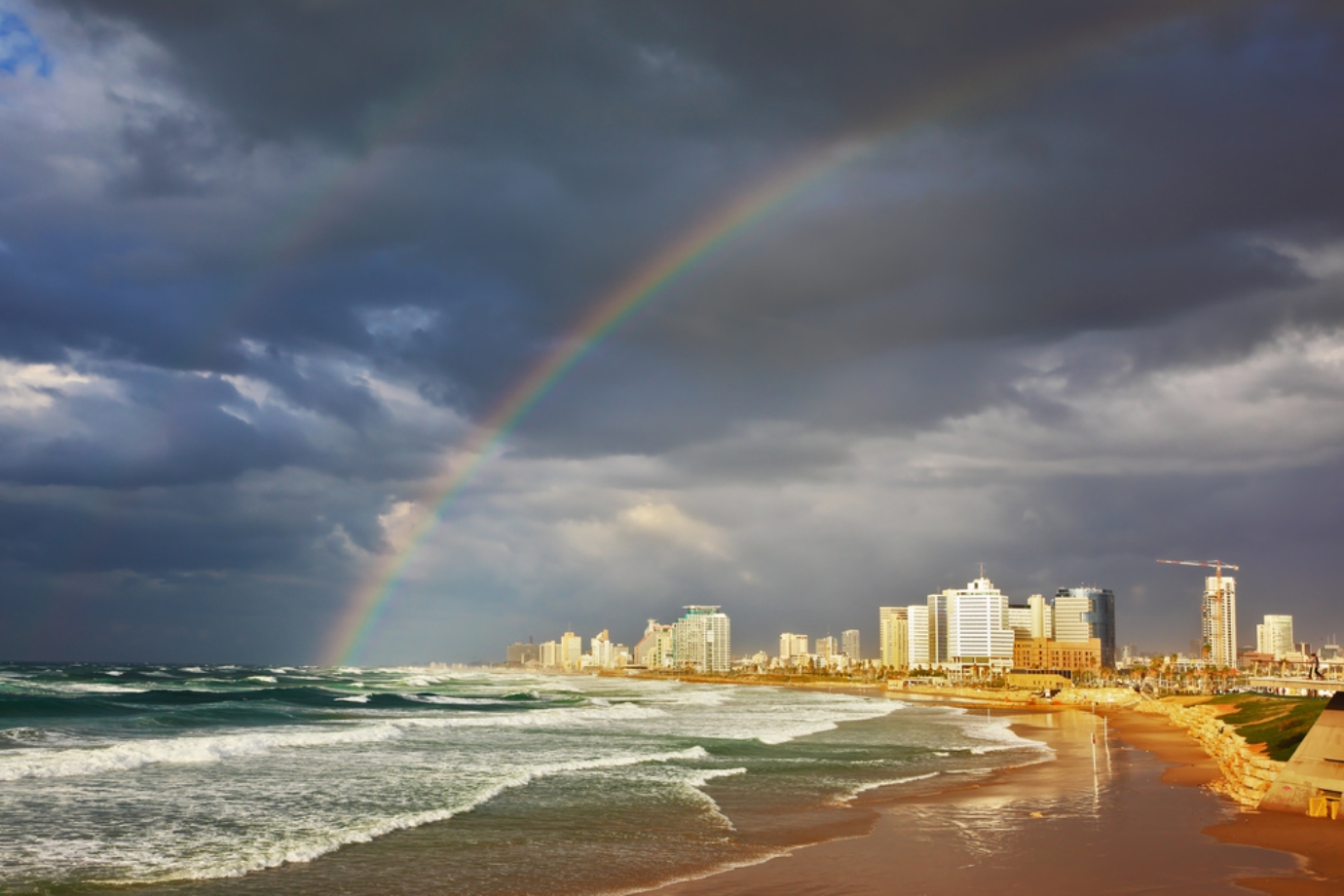
“In order to get a nice rainbow you need two essential conditions, one relatively simple – rainfall, and the other more difficult — sun at the same time as the rain,” Alpert tells ISRAEL21c. “The beginning and the end of the rainy season frequently have these conditions of sporadic rainfall, and this is particularly true for the subtropical belt in which Israel is located.”
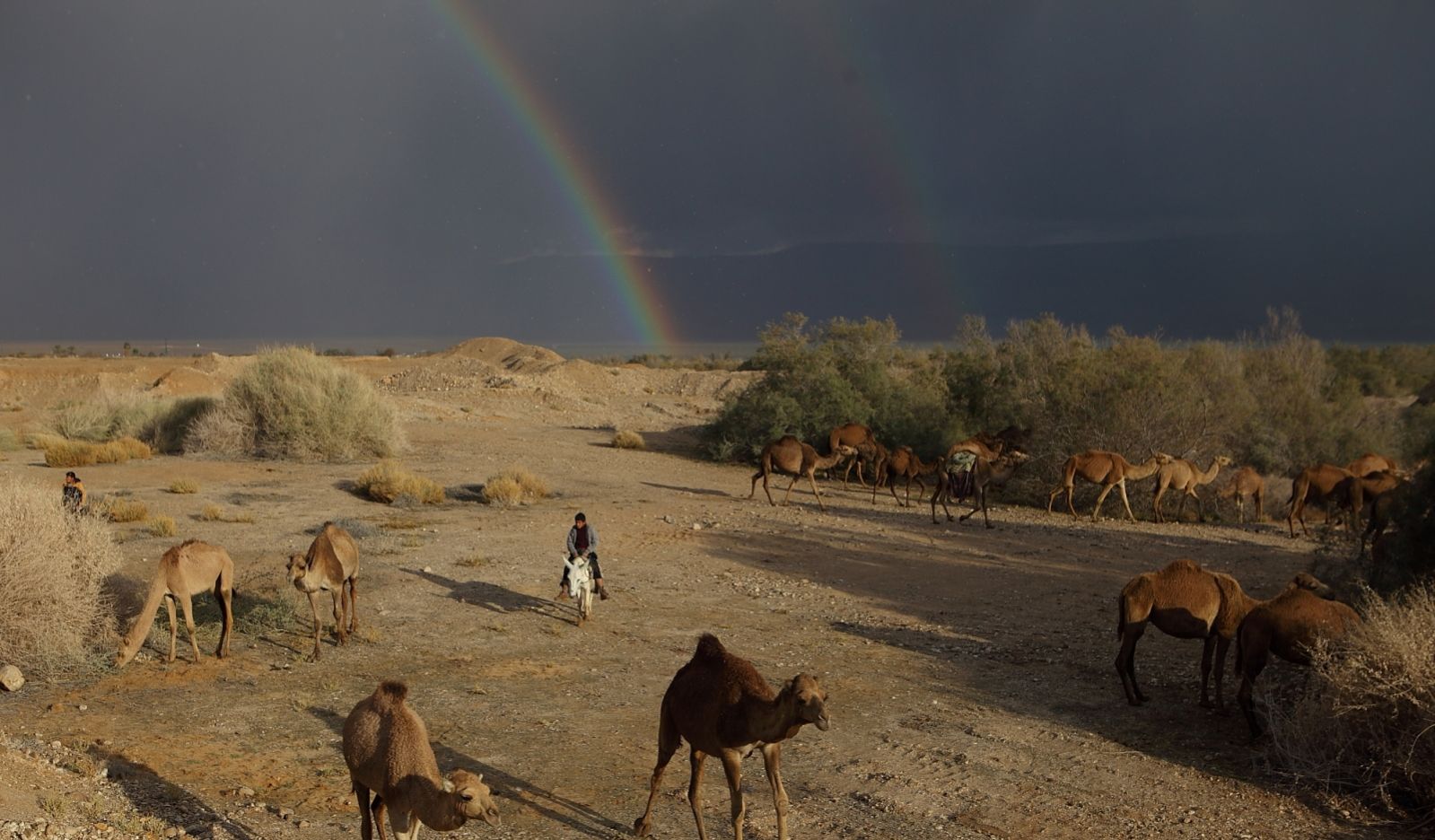
Rainbows also depend on two additional microscale conditions: strong solar rays and large raindrops — both found in Israel, he adds.
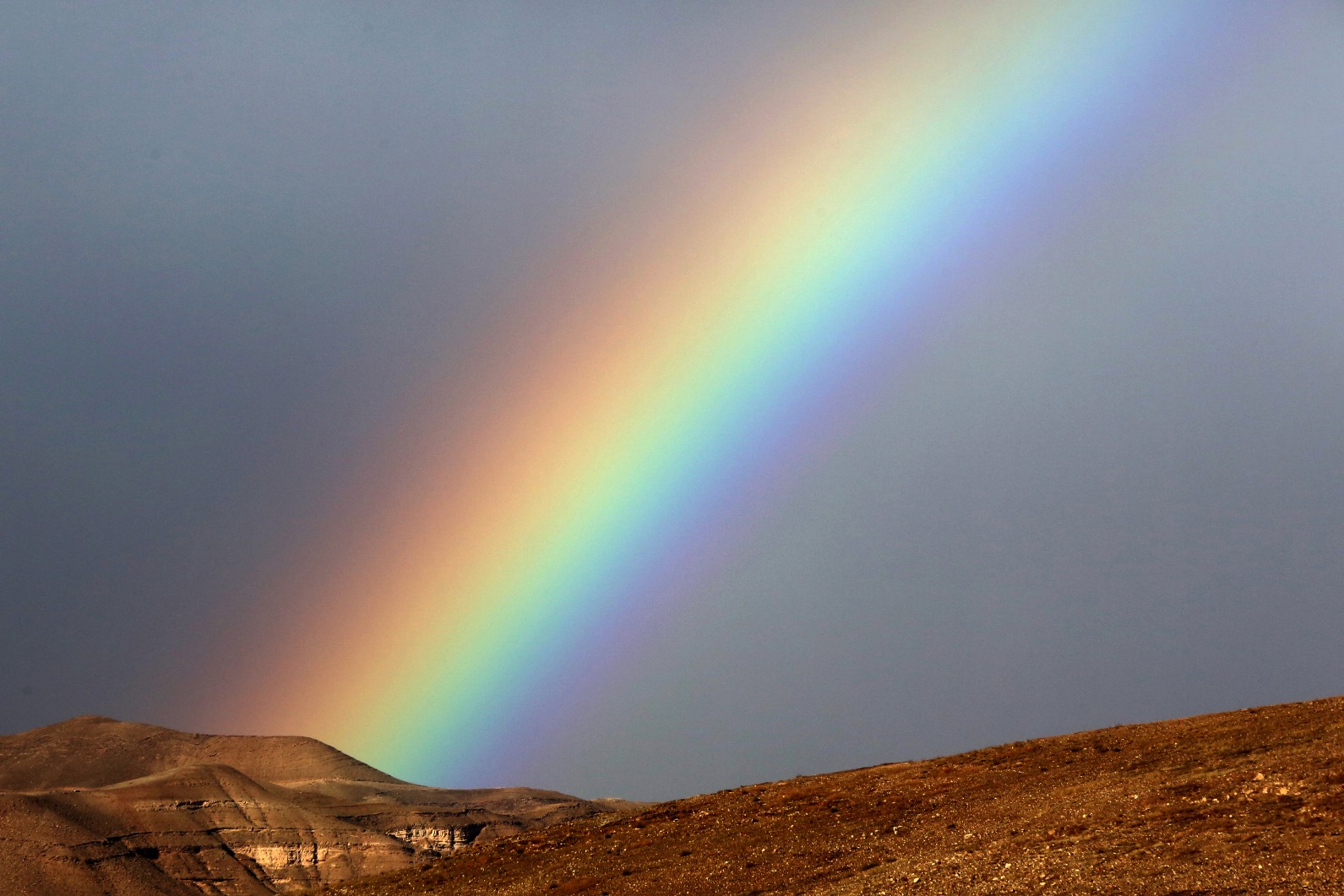
“Large raindrops do not exist normally in higher latitudes because of colder temperatures and cloud cover, so rainbows are much rarer in Europe. And in the tropics, you rarely have solar radiation even though you have large drops,” says Alpert, who published a study in the journal of the American Meteorological Society in 1990 on the uniqueness of Jerusalem’s climate, including its big raindrops.
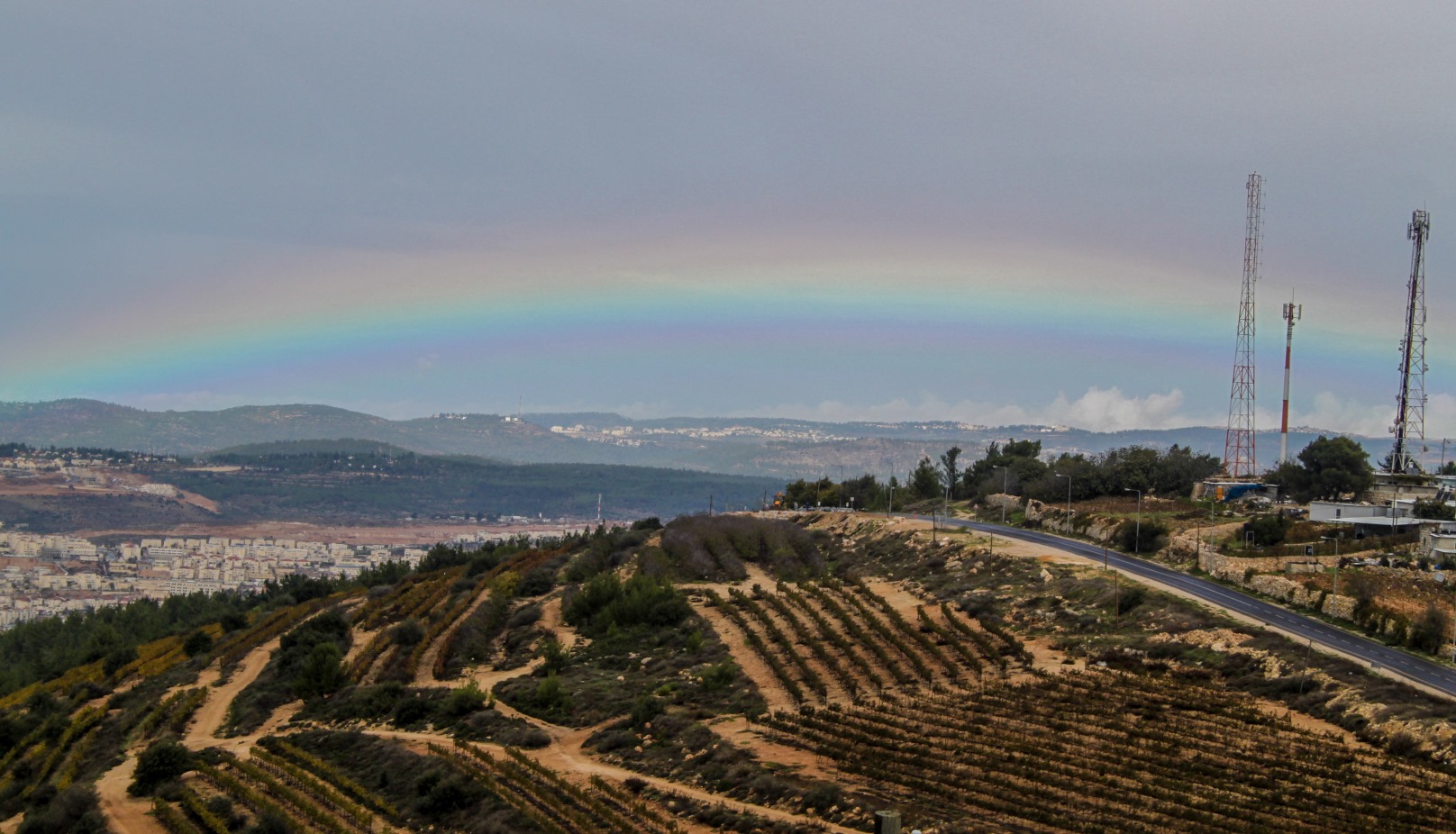
Alpert says you’re most likely to see rainbows on the edge of Israel’s desert areas and between Tel Aviv and Beersheva.
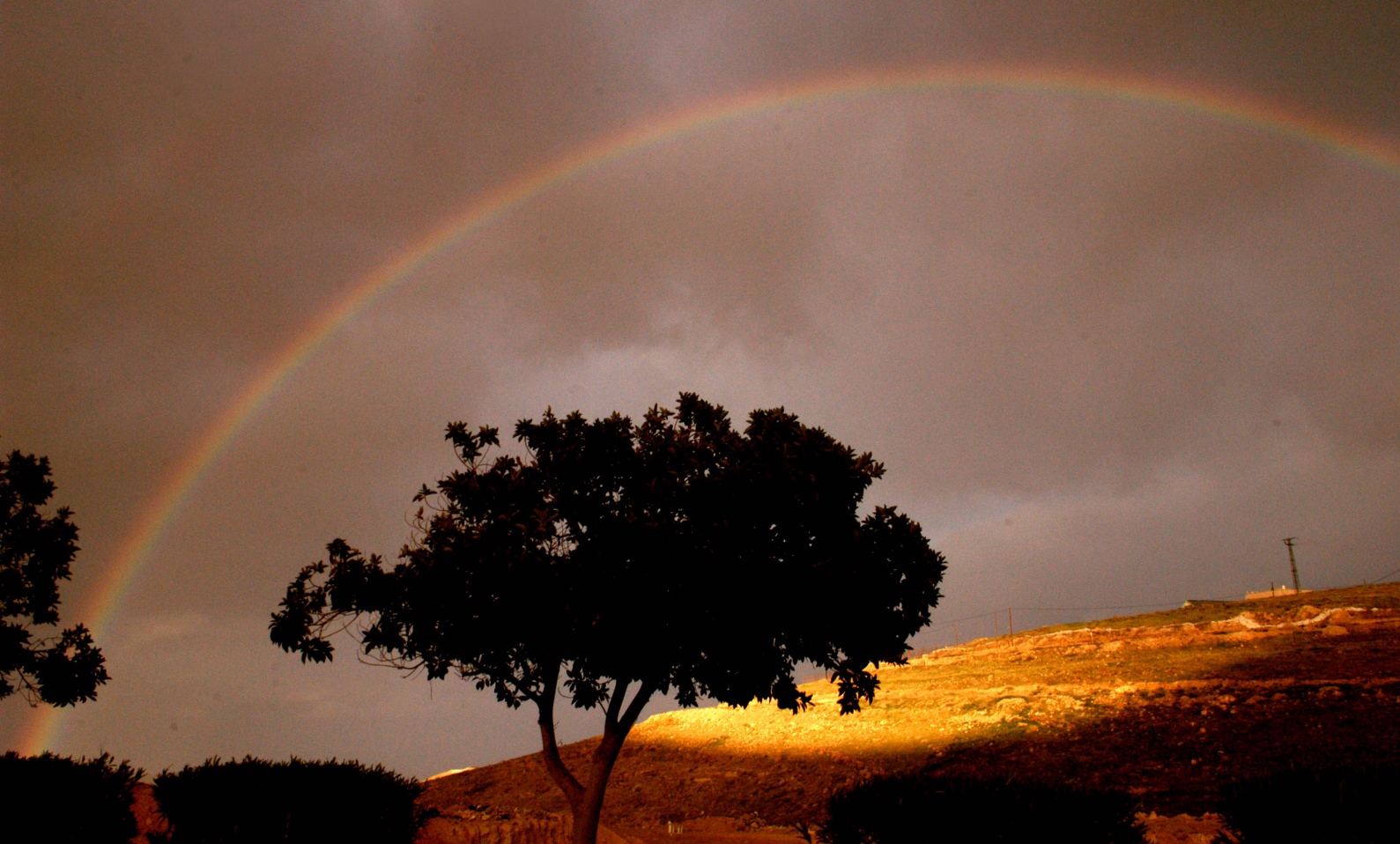
In the case of a single rainbow, the arch shape is centered 42 degrees above the horizon. Alpert says sometimes double or even triple rainbows appear; with a double rainbow, the intensity is weaker, the angle is different and the colors appear in the opposite order.
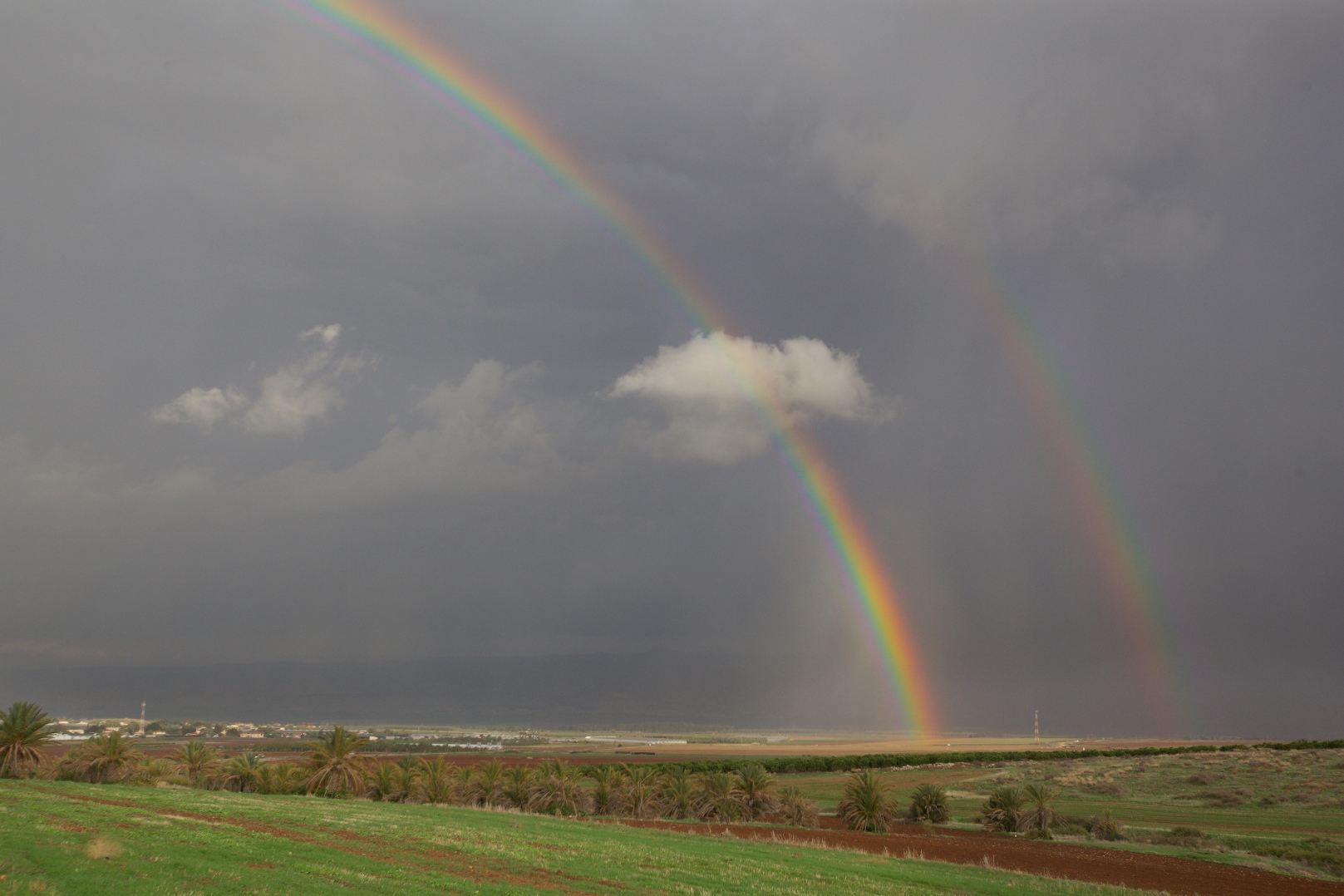
In Genesis 9:14, the rainbow is described as a sign of God’s promise never to cause a flood to destroy the entire world again following the deluge in which Noah and his family and many animals are saved in a wooden ark. This year, the biblical account of Noah will be read in synagogues on November 5, a perfect time for rainbows to appear on the Israeli horizon.
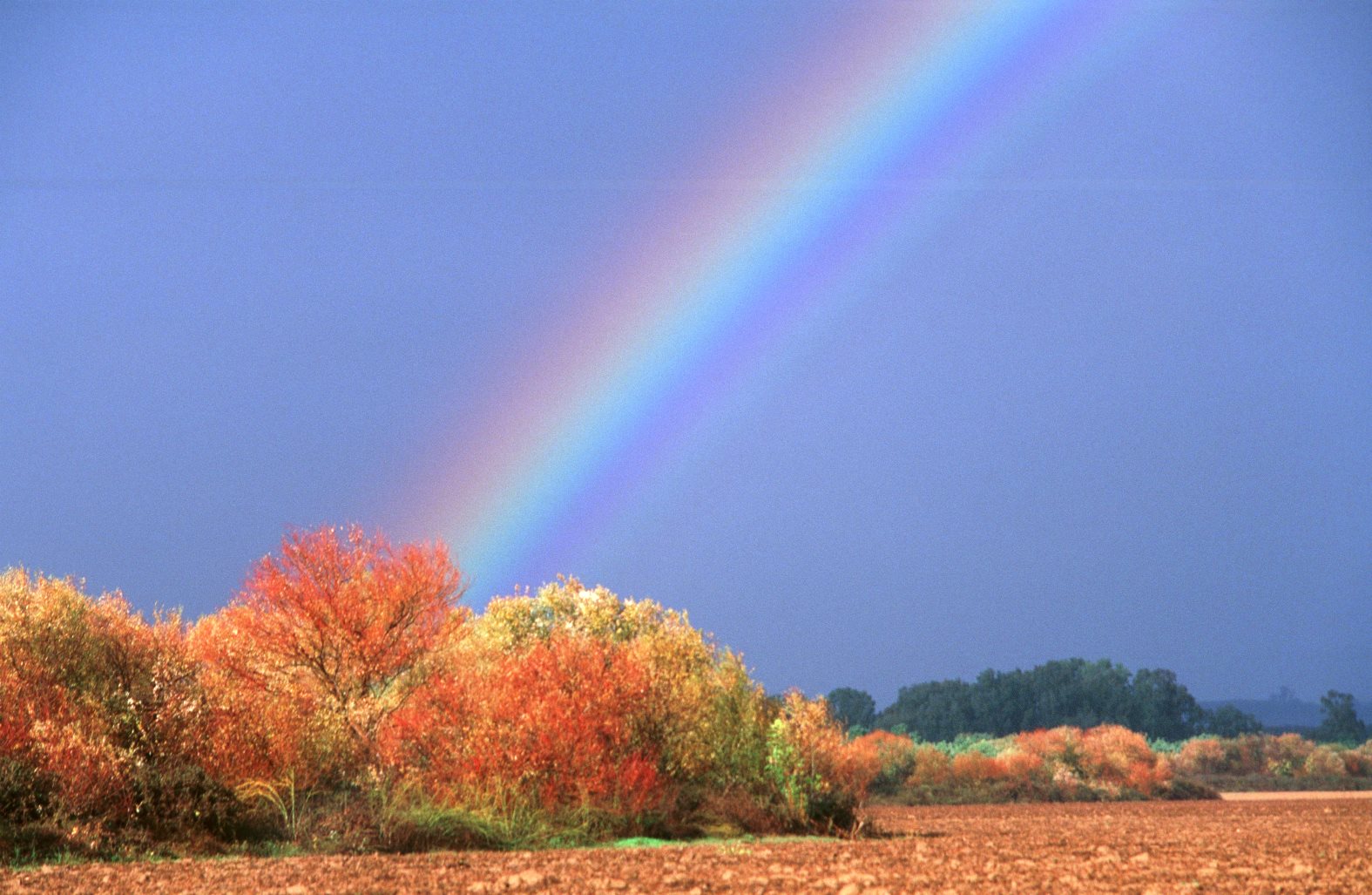
If you’d like to share your photograph of a beautiful rainbow in the sky over Israel, send it to info@israel21c.org with a description of where the shot was taken.
